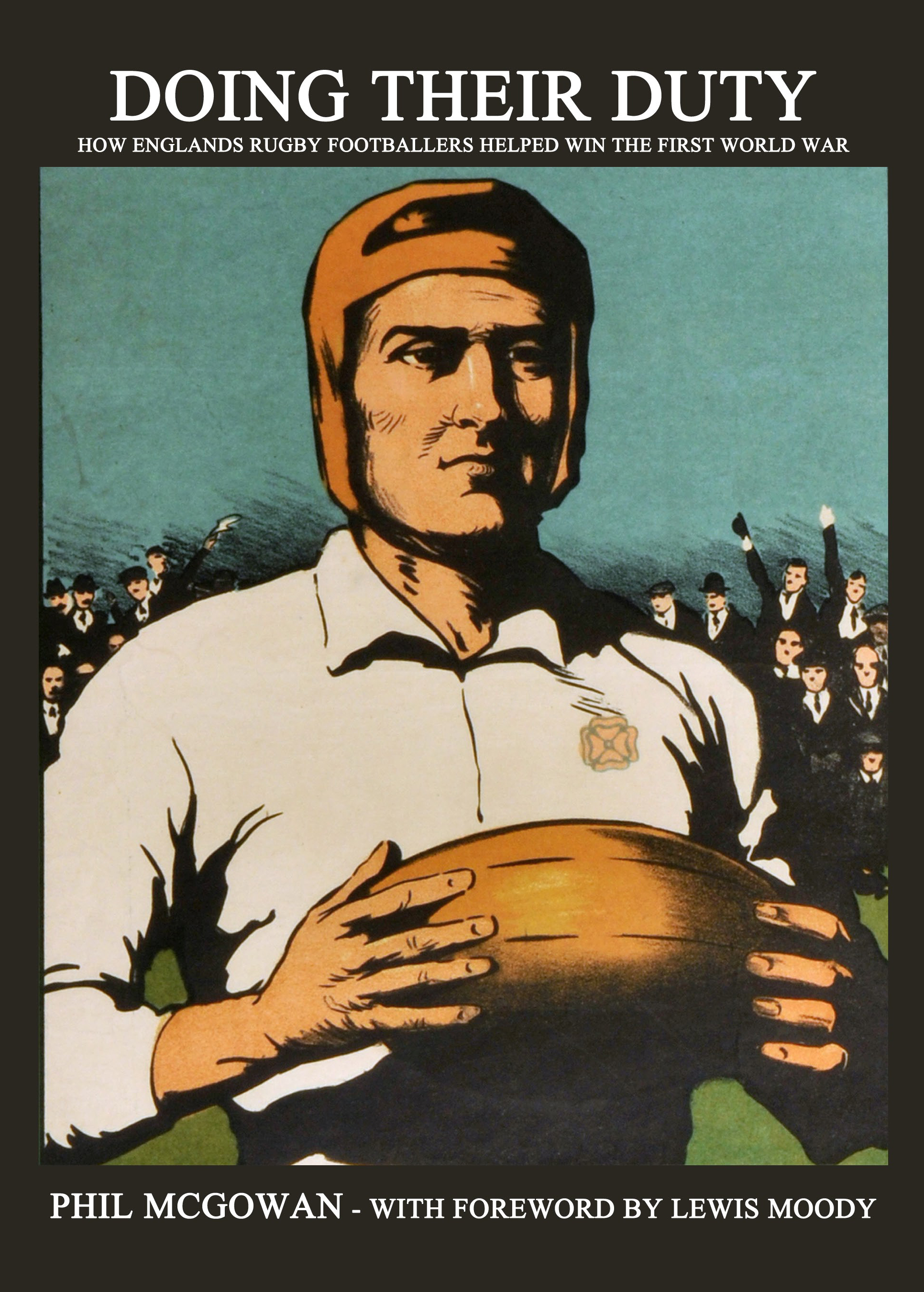
21 November 2025


HMS Vindictive
1st November 1918... Shortly after laying anchor at Scapa Flow a 20 year-old flying instructor arrived on the HMS Vindictive in advance of a special mission. As a schoolboy William Wavell Wakefield had assisted his uncle in his efforts to devise and build an aircraft that could take off and land on water. They succeeded and for some time Wavell practiced flying the 'Water Hen' across Lake Windermere. It was only natural then that when he left school in 1916, he would enlist with the Royal Naval Air School. His skill as a pilot was quickly recognised and he became a flying instructor at Cranwell, specialising in aerobatics, such as spins, loops and retrieving stalls. Then, in 1918, a more specialist use was found for his talents. The usefulness of having a mobile airstrip was apparent to all and the notion of a water-bound aircraft carrier was experimented with in the latter years of the war. At first it was highly debatable whether it was even possible to land an aircraft on a ship. Squadron Commander Edwin Harris Dunning had managed the supreme feat in 1917 but had perished attempting to replicate his landing a second time just five days later.

Sopwith Pup
It was into this dangerously unpredictable field of experimental flying that young Wakefield was thrust. HMS Vindictive had a converted 60 metre landing deck but lacked the arresting gear of later designs. Instead Wakefield would need to bring his Sopwith Pup down at the foot of the runway at a slow enough speed to allow the ship's crew to physically grab hold of the plane and wrestle it to a standstill before it flew off the end of the tiny landing strip and into the waves. Dunning's fatal crash had been attributed to an updraft disturbing his port wing, precisely the type of turbulence generated by the hot air and smoke streaming from the funnels of the Vindictive. The skill required to perform the landing is best described by Wakefield himself:
'We tried to make the task of landing on a ship as safe as possible. But we only succeeded up to a point. The effort that I made was to land successfully by having a fifteen degree angle so that the ship was not steaming directly into the wind, with all the turbulence and hot air and smoke from the mid-ships and funnels coming straight astern. That would have made it impossible to land, but the changed angle meant that all the disturbed air was going over the starboard quarter. That left the pilot with calm air on the port quarter, and that, in turn made a landing possible, providing there was a speed between 20 and 25 knots available. Anyway, I managed to make the landing.'
Wakefield's casual, matter-of-fact description does not quite reflect the reality that at such low speeds the Sopwith Pup could have stalled at any point during the landing. Wakefield's experience of low level flying in the Water Hen served him well. William Wavell Wakefield the player
'In my opinion Wakefield was the greatest forward of all time…' - John Daniell
He attended the Craig School, then Sedbergh where he developed as a rugby player with quick, powerful strides and a useful hand-off. The war commenced whilst Wakefield was still at school and he subsequently went directly into the Royal Naval Air Defence. By the time it was over he had helped the RAF side to an unlikely victory over Australia in the 1919 'Inter-services and Dominions Rugby Championship' or 'King's Cup'.

Wavell Wakefield, captained England to a Grand Slam in 1924
In 1920 he was selected to play for England for the first time, in a team that also included Cyril Lowe, Sid Smart and Frank Mellish. He scored his first try later that year in a match against Ireland at Lansdowne Road. The following year as Dave Davies' pack leader he helped England to a Grand Slam of victories.By this time Wakefield had developed into the most complete wing-forward. A sound tackler his powerful running also made him a dangerous attacking outlet and his critical thinking led to numerous tactical innovations in the scrum and line-out. He was also a proponent of the ancient art of dribbling and frequently made use of the wheeled-scrum to initiate attacks. They repeated the trick in 1923 before Davies retired and Wakefield was duly installed as captain. Three more victories followed in 1924 and then a fourth against Scotland with Wakefield opening the scoring at Twickenham. Under his leadership England had become the first and so far only side to have achieved three Grand Slams in four seasons. In 1927 he earned his 31st and final cap setting an English appearance record that would stand until the late 1960s. In between playing for England he played for Cambridge University, Harlequins, Leicester, Neath and Middlesex. In 1939 he returned to active service when world war broke out for a second time and flew several missions for the Royal Air Force. In later life he became the Conservative MP for Swindon and President of the Rugby Football Union. He was knighted in 1944 and ennobled in 1963. He passed away in 1983 at the age of 85.

About the Author - This article is an extract from the book 'Doing Their Duty: How England's Rugby Players Helped Win the First World War'. Phil McGowan is Curator at the World Rugby Museum.